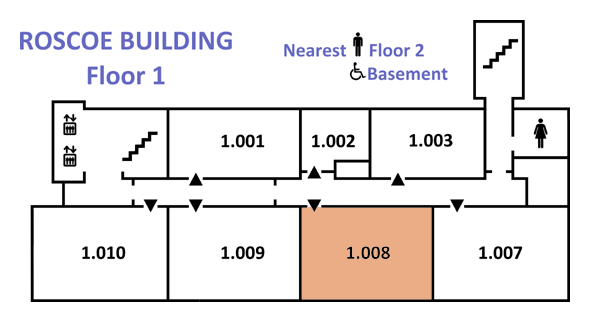
|
iCHSTM 2013 Programme • Version 5.3.6, 27 July 2013 • ONLINE (includes late changes)
Index | Paper sessions timetable | Lunch and evening timetable | Main site |

|
iCHSTM 2013 Programme • Version 5.3.6, 27 July 2013 • ONLINE (includes late changes)
Index | Paper sessions timetable | Lunch and evening timetable | Main site |
What functions do visual representations play at the intersection of scientific practice and broader society? Historians and philosophers of science are now adept at noting the critical importance of visual practices to certain aspects of scientific thought. It has been well established that epistemically-significant images are never “mere” representations of the world. Images are well known to have the capacity to embody theoretical assumptions, to turn information into arguments, and to permit or deny certain forms of reasoning. In addition, visual representations are often employed in variety of contexts that transcend their initial origins.
In the symposium we will explore the various roles that images play as they straddle the boundaries between the professionalized realm of practicing scientists and the broader public. How do practical visual technologies become transformed in both content and context as they move from being tools of knowledge generation and transmission to objects of wonder, epistemic authority, and consumption? How do technical visual conventions function as tools of communication, reasoning, and education in the broader contexts of artistic conventions, cultural standards, and moral and political values? How might the functions of single image change as it moves through different audiences and contexts? And finally, how do extra-scientific images and models come to shape the imaging and modeling practices of scientists? By asking these questions we wish to gain insight into the complex relationships between images, their creators, and their consumers, as well as into the ill-defined boundaries of the sciences and their publics.
The panel includes four presentations, gradually moving from the scientific to the popular sphere. Arik Hinkis (Tel-Aviv University) will look into the role of visual imagery in reaching and substantiating mathematical proofs, oferring an insight into the use of graphs in scientific thinking and in the communication of mathematical theorems. Amir Teicher (Tel-Aviv University) will survey the changing roles of pedigree charts and their academic and propagandistic usage in early 20th century German psychiatry. Ari Gross (University of Toronto) will discuss the complex and multi-faceted contexts of anatomical representations, including flap-book anatomical mannequins and the plastinations used in the (still running) Body Worlds exhibits. Finally, Eleanor Louson (York University) will describe the representation of animal behaviour in wildlife films, and how this narrated portrayal of wildlife, combining entertainment and education, feeds back on our conceptions of both nature and human family values. Alltogether, we wish to highlight both the constant and the changing features of the visual domain and its functions in the creation, communication and consolidation of scientific knowledge.

